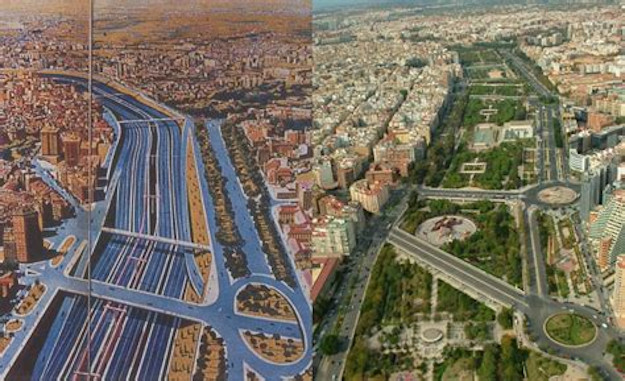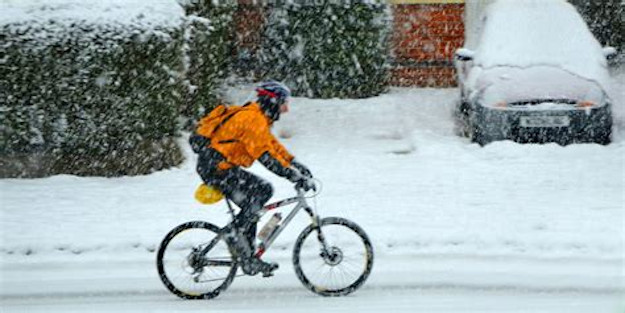Urban Freestyle is considered as a way of living. BMX, Street Trial, Dirt Bike or Fixie are examples of such a concept which goes beyond making tricks with a bike. It also comprehends specific garment, how you speak and living based on concrete music and images.
The Freestyle comes from BMX which popularized in the seventies. Then, riders competed in races on earth and some of them started doing some tricks after competitions end. Regarding Street Trial, it comes from trial when some riders used street furniture as a playground. As it comes to the Wheelie Boys, it was born in New York (USA) when riders improved wheelies to the next level.
Inside the BMX style, we have Flatland in which riders use light and small bikes to allow complete maneuvers around the bicycle. On the other hand, in Street BMX, street furniture is used as playground and no matter whether it is handrail or curb, all is accepted. In this case bikes are a heavier, so bikers use to be strong. Finally BMX Park is an Olympic discipline in which riders jump in spectacular, innovative ways on their bikes, made mainly from titanium and carbon.
Street Trial combines street furniture with height and was created by Danny Macaskill. So, Street Trial is the most multipurpose discipline in the Urban Freestyle. Light bikes with carbon bicycle frame are used.
Wheelie Boys is a New York discipline in which riders make wheelies in artistic ways. No matter which bicycle they use, all bikes are appropriate to practice this sport.





